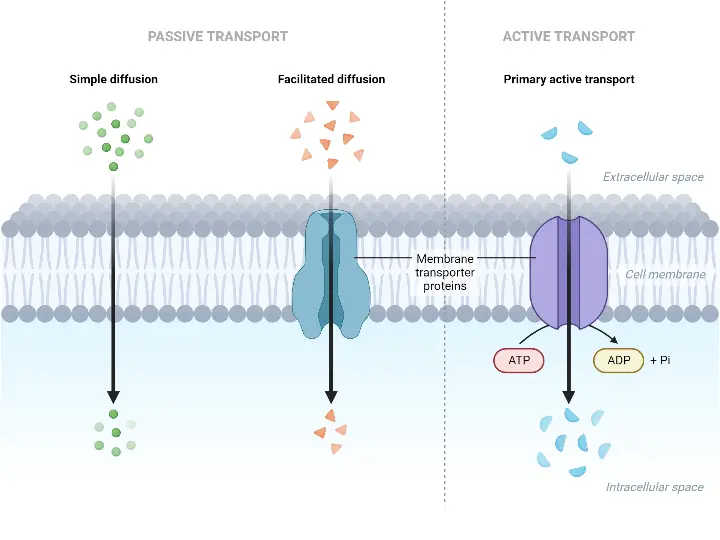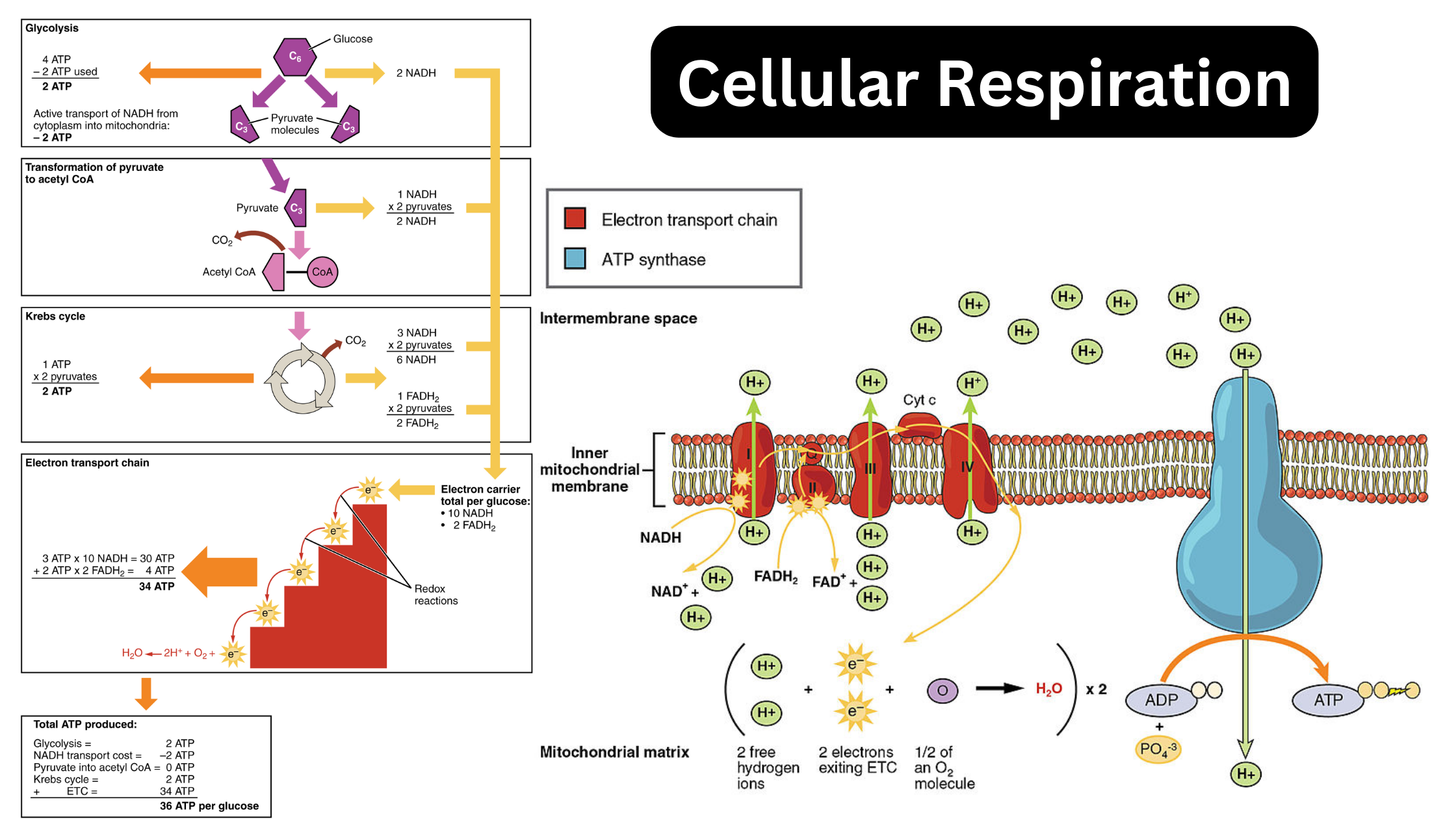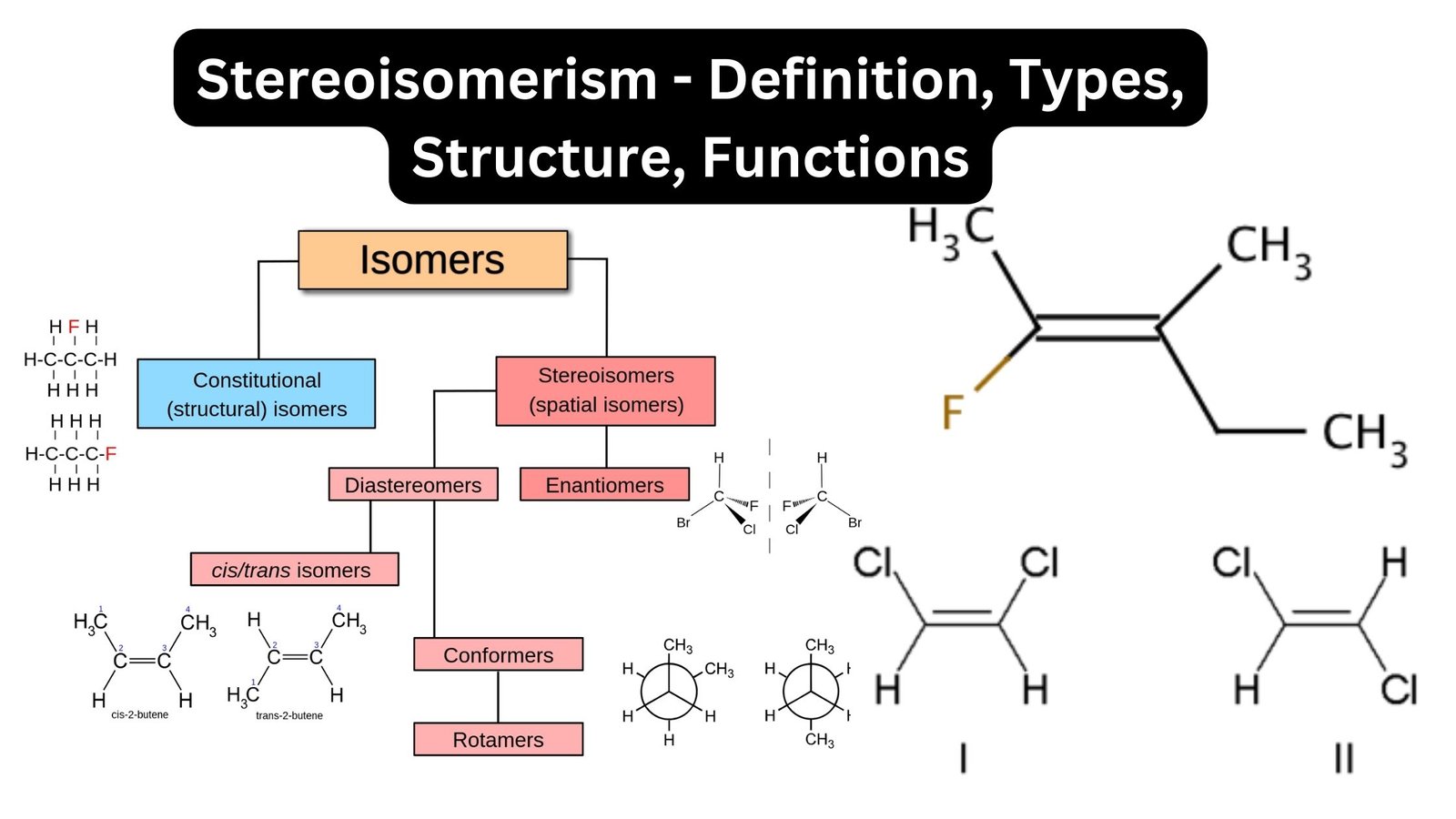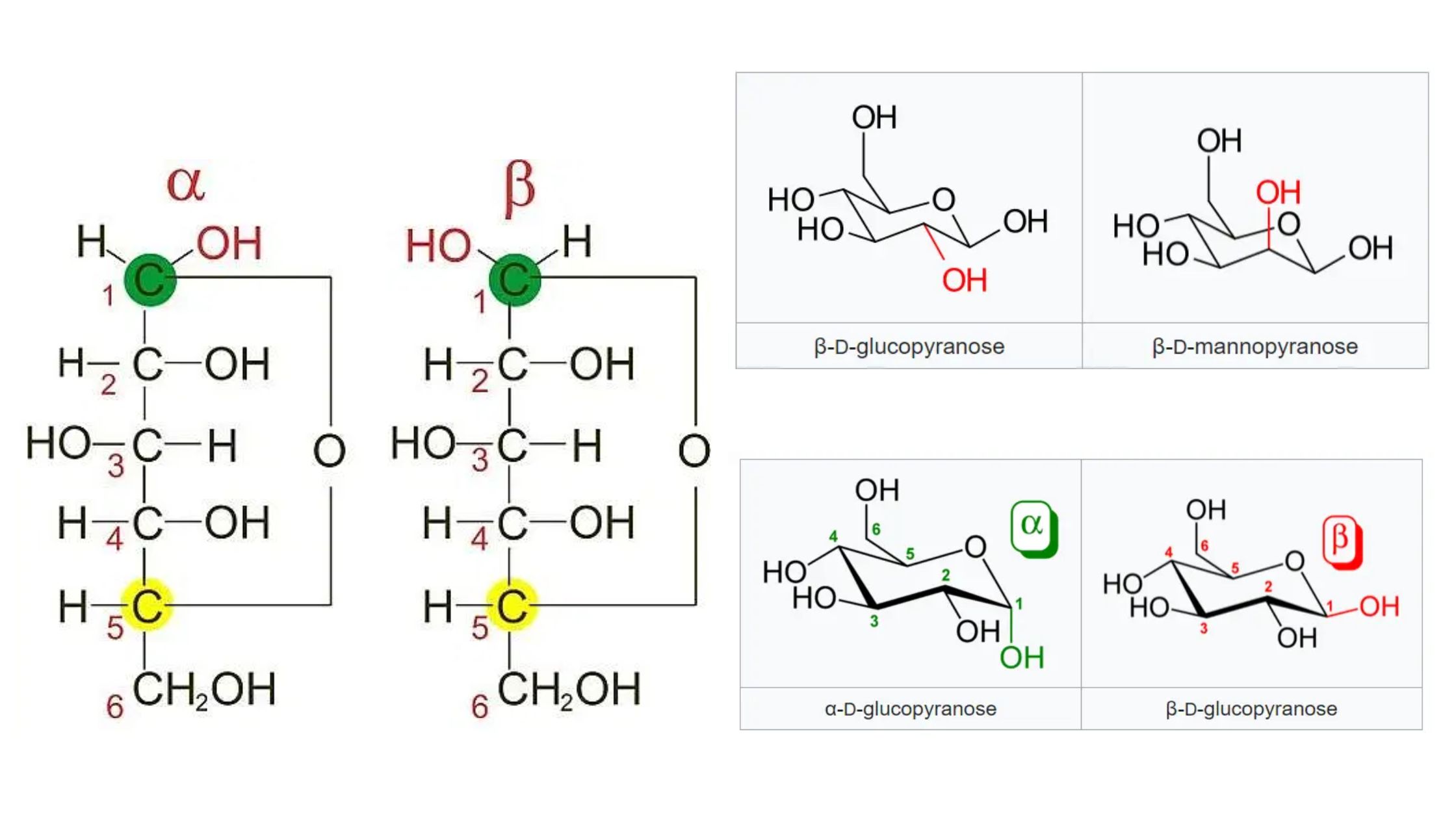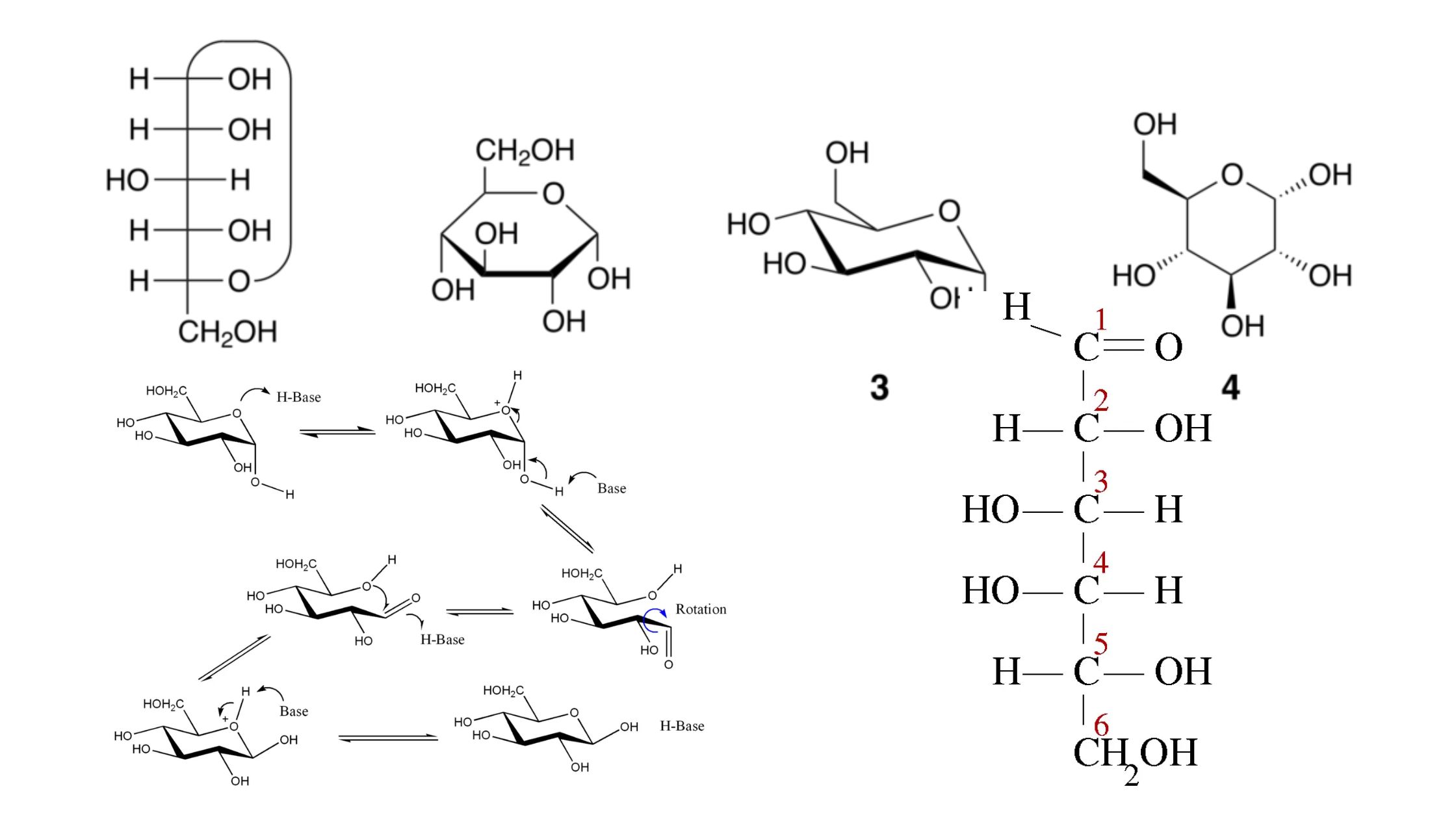Active Transport – Definition, Types, Process, Functions, Examples
Ever wondered how the cells in your body get the nutrients they need to function? It’s not like they have a mini grocery store to pop into whenever they run low on sugars or amino acids, right? Welcome to the fascinating world of Active Transport. “Active Transport – the unsung hero of cellular operations, ensuring that … Read more
